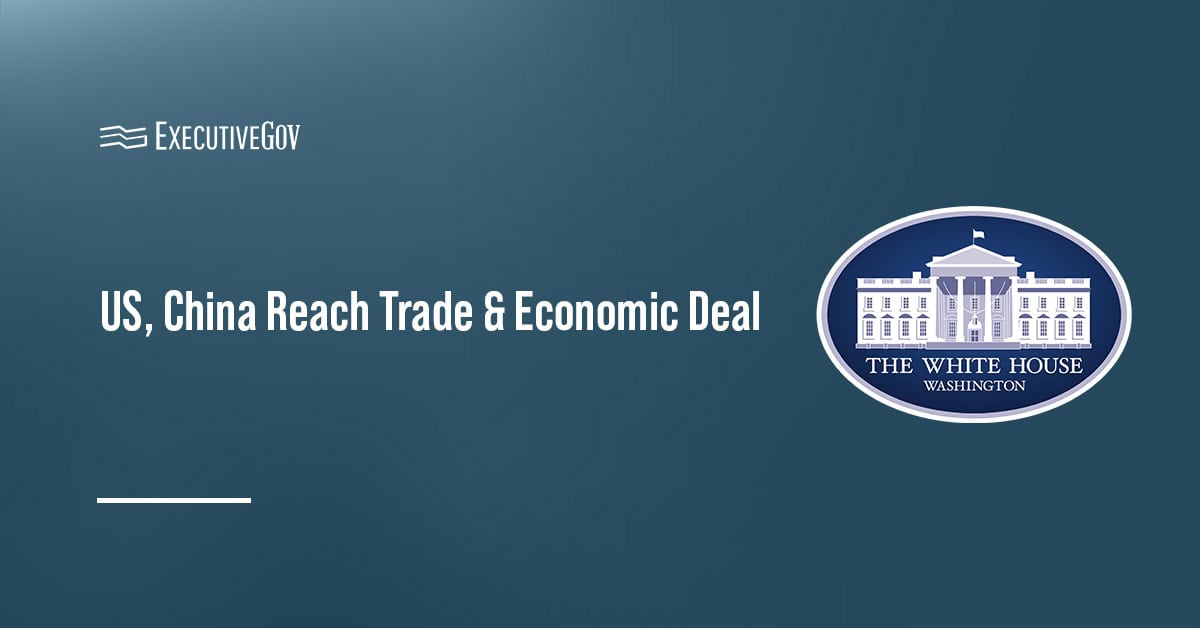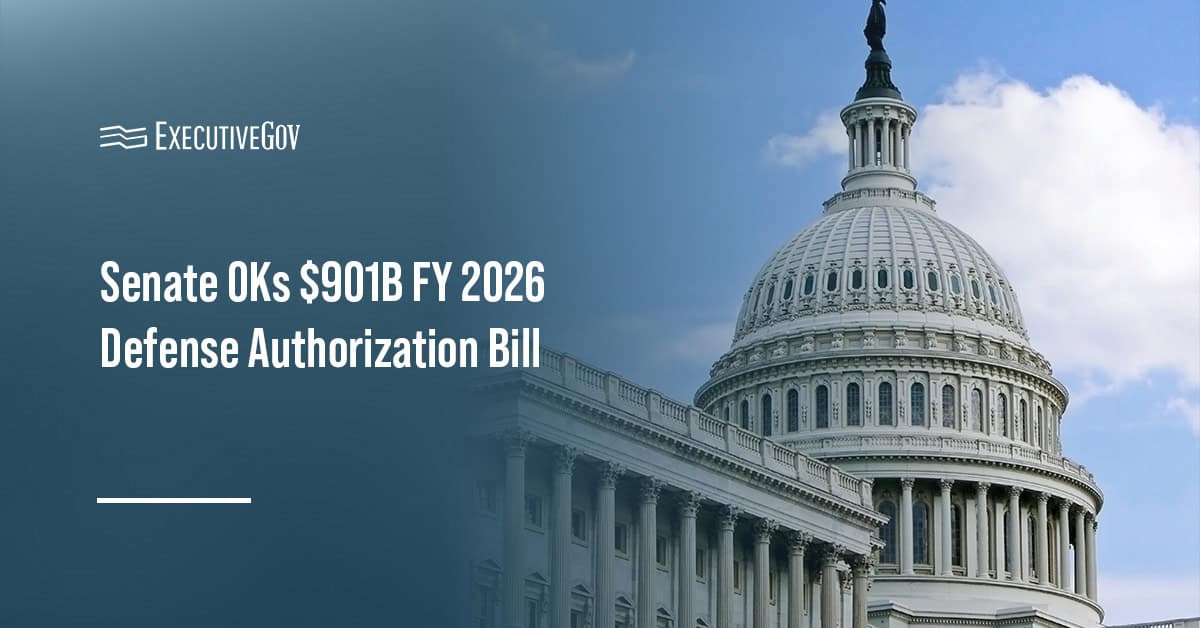The Trump administration has announced a trade and economic agreement with China aimed at rebalancing trade, protecting national security and expanding opportunities for American workers and farmers.
In a fact sheet published Saturday, the White House said the deal, reached during President Donald Trump’s visit to South Korea, includes commitments from Beijing on rare earth exports, semiconductors and agricultural purchases.
Table of Contents
What Is the Deal on Rare Earths & Critical Minerals?
A key element of the agreement focuses on rare earths and other critical minerals.
China will issue general licenses for the export of rare earths, antimony, gallium, germanium and graphite, effectively rolling back controls imposed in 2022 and 2025.
The East Asian country will also suspend the implementation of new export controls on rare earths worldwide. The latest moves are expected to benefit U.S. end users and their suppliers.
How Will US Semiconductor Supply Chains Benefit From the Trade Deal?
Under the agreement, China will remove restrictions on U.S. semiconductor companies, including ending antitrust, anti-dumping and anti-monopoly investigations that had targeted U.S. firms in the semiconductor supply chain.
Production and exports from facilities such as Nexperia’s plants in China will also resume, ensuring a steady supply of critical legacy chips for international markets.
What Are the US Actions Under the Trade Deal?
In return, the U.S. will reduce certain tariffs imposed to curb fentanyl flows by 10 percentage points and extend Section 301 tariff exclusions through November 2026.
The Trump administration will also suspend for one year the implementation of new end-user export controls and actions related to China’s shipbuilding, maritime and logistics sectors.





